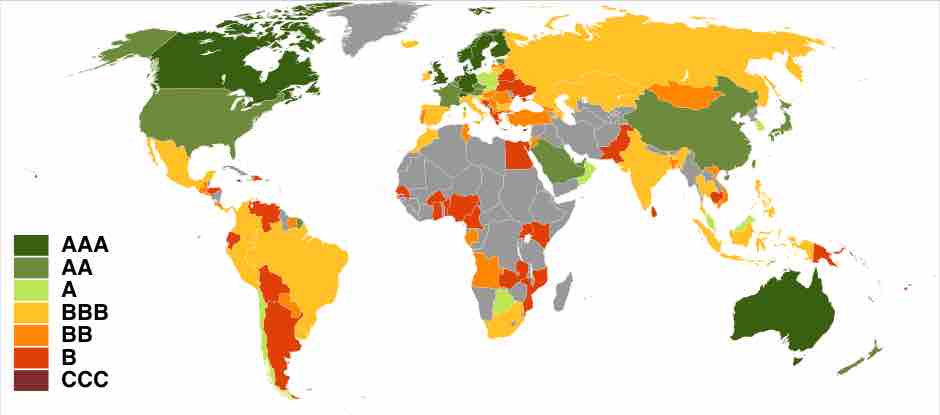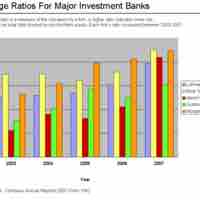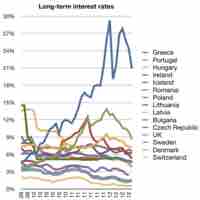Section 4
Reporting and Analyzing Long-Term Liabilities
Book
Version 3
By Boundless
By Boundless
Boundless Accounting
Accounting
by Boundless
5 concepts

Reporting Long-Term Liabilities
Debts that become due more than one year into the future are reported as long-term liabilities on the balance sheet.

Analyzing Long-Term Liabilities
Analyzing long-term liabilities combines debt ratio analysis, credit analysis and market analysis to assess a company's financial strength.

Debt-to-Equity Ratio
The Debt-to-Equity Ratio is a financial ratio that compares the debt of a company to its equity and is closely related to leveraging.

Times Interest Earned Ratio
Times Interest Earned Ratio = (EBIT or EBITDA) / (Required Interest Payments), and is indicative of a company's financial strength.
Being Aware of Off-Balance-Sheet Financing
Off-Balance-Sheet-Financing represents rights to use assets or obligations that are not reported on balance sheets to pay liabilities.